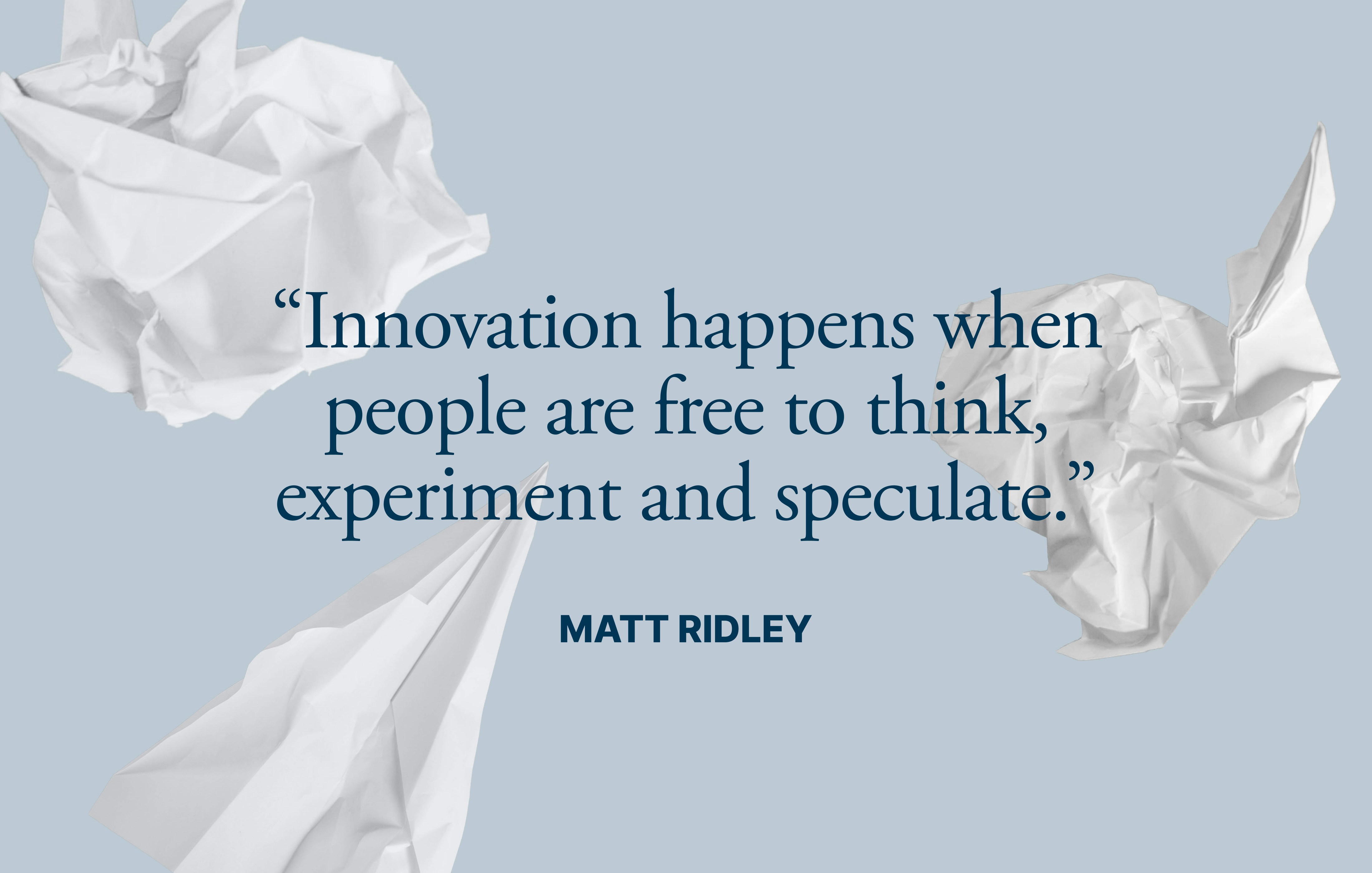
Mushrooms have shed their image as mere pizza toppings or garnish. Today, they are front and center in wellness culture: powders, coffees, capsules, even skincare. But why this sudden mushroom mania? The answer lies in emerging science, old traditions, and a wellness market hungry for something both natural and novel.
For decades, mushrooms were underappreciated in Western diets — the preserve of foragers, home cooks, and the occasional stir-fry. But now they’re everywhere: reishi lattes, lion’s mane nootropic blends, cordyceps energy shots. The trend isn’t just aesthetic. Scientists are uncovering compounds in mushrooms that may support immune function, reduce inflammation, even bolster brain health. At the same time, years of marketing and traditional medicine are converging in what feels like a full-blown fungal revolution.
Nutritional Underdogs
Mushrooms are far from being empty filler food. As the British Heart Foundation explains, they’re low in calories and saturated fat yet provide plant-based protein, fiber, potassium and other micronutrients.
They can also be a rare non-animal dietary source of vitamin D — if exposed to UV light during growth.
What’s more, mushrooms are rich in powerful antioxidants, such as ergothioneine and glutathione. These protect our cells from oxidative damage.
Putting mushrooms more firmly on the health map was a simple dietary idea: boost micronutrient intake without increasing calories or fat. And that’s exactly what studies have now shown.
Medicinal Mushrooms: Ancient Traditions Meet Modern Science
Some mushrooms have been used medicinally for thousands of years. Reishi, for example, features in traditional Chinese medicine, touted as a tonic for longevity.
Now, modern research is starting to test those claims. Cell and animal studies suggest reishi may activate natural killer immune cells and even encourage programmed cell death in cancer cells.
There have also been small human trials: reviews identify over 26 human studies on reishi, affecting conditions as diverse as high blood pressure, diabetes and cancer. But many of those trials suffer from methodological issues: small sample sizes, participants knowing they’re receiving the fungus, limited follow-up.
So while the traditional lore has scientific backing, it’s not yet bullet-proof in humans.
The Rise of Functional Fungi Products
Mushrooms aren’t just being eaten — they’re being engineered into wellness products: powders, capsules, drinks, even coffee substitutes – derived from mushroom spores. The market for functional mushrooms is projected to continue growing rapidly, too.
For instance, there are a number of hot drink mixes on the market now that combine cocoa, spices and four types of mushrooms. They often incorporate chaga for mood, cordyceps for energy, lion’s mane for cognition, and reishi for anti-tumor support.
The success of these products reflect a broader trend: mushrooms are shifting from ingredients to adaptogens — substances meant to help the body manage stress.
Even Vogue said functional mushrooms were among 2025’s top wellness trends.
Nutritionists particularly highlight species such as:
- Reishi, for mood and immunity
- Lion’s mane, for cognition and memory
- Cordyceps, for energy and stamina
- Chaga, for antioxidant action
- Shiitake, for heart health
- Turkey tail, for immune support and potential anti-cancer effects
Brain Boost or Hype?
Arguably, the mushroom trend is strongest around cognition. Lion’s mane — that shaggy white fungus that looks like a frozen waterfall — is at the heart of the nootropic conversation.
In early lab studies, researchers identified compounds in lion’s mane (hericenones and erinacines) that seemed to stimulate nerve growth factor, a molecule critical for neuron survival and growth.
Then came small human trials. For instance, a 49-week study in Frontiers in Aging Neuroscience showed daily lion’s mane intake correlated with improved cognition and daily living skills in people with mild Alzheimer’s disease.
It sounds promising. But experts warn that many of these studies are limited in scale. Meanwhile, some side effects — headaches, digestive discomfort, allergic reactions — have been reported.
So yes, lion’s mane is a scientifically interesting mushroom. But we’re not at the point of declaring it a brain superfood — not yet anyway.
Immune Modulation and Cancer
Some of the most compelling claims come from cancer research. Two mushrooms in particular get attention: turkey tail and shiitake.
Turkey tail: Contains a compound called PSK (polysaccharide-K). In Japan, PSK is actually approved as a supportive therapy in cancer treatment. Clinical trials suggest it may stimulate the immune system and improve survival in gastric or colon cancer.
Shiitake: Contains lentinan, another polysaccharide. Studies combining lentinan with chemotherapy in patients with stomach, prostate, colorectal and liver cancers have shown survival benefits.
Yet again, caveats apply. While cell, animal, and some human data exist, many of the results are preliminary.
The Innovation Boom
If mushrooms feel suddenly everywhere, it’s because they’re inspiring a wave of genuine innovation. Scientists, food developers and wellness brands are treating fungi not as fringe curiosities but as building blocks for the next generation of health products. And the pace is quick.
Researchers are exploring how different species can be cultivated to enhance specific bioactive compounds — think lion’s mane with boosted hericenones or reishi grown for higher triterpene levels. This kind of precision farming wasn’t possible a decade ago. Now, it’s powering a new class of targeted supplements and functional foods that tap directly into what the lab is discovering.
Food companies are also getting bolder. Mushroom blends are showing up in ready-to-drink coffees, performance snacks and even alt-cocoa products. Brands aren’t selling escapism; they’re selling function. And consumers are responding. The mushroom category has grown steadily because people want ingredients that feel natural yet supported by credible science.
There’s momentum in medicine too. Early-stage research on compounds like PSK from turkey tail and lentinan from shiitake continues to inspire clinical interest. Scientists see mushrooms as promising partners in areas such as immunomodulation, gut health and cognitive support. The more we learn, the more potential emerges.
And then there’s sustainability — a quiet force behind the trend. Mushrooms grow quickly, require little water and can flourish on agricultural by-products. As consumers look for eco-friendly choices, fungi stand out as both nutritious and planet-friendly. That alignment between health and sustainability gives mushrooms an unusual staying power in a market crowded with fleeting trends.
In short, the mushroom boom isn’t hype; it’s innovation. The science is moving, the products are evolving and the reputation of fungi is rising with real momentum behind it.
Mushrooms are having their moment — and for good reason. They deliver real nutritional value, and some species show genuine promise in cognitive and immune health. The surge in mushroom-enhanced products is powered by an attractive blend of both ancient wisdom and modern science.









